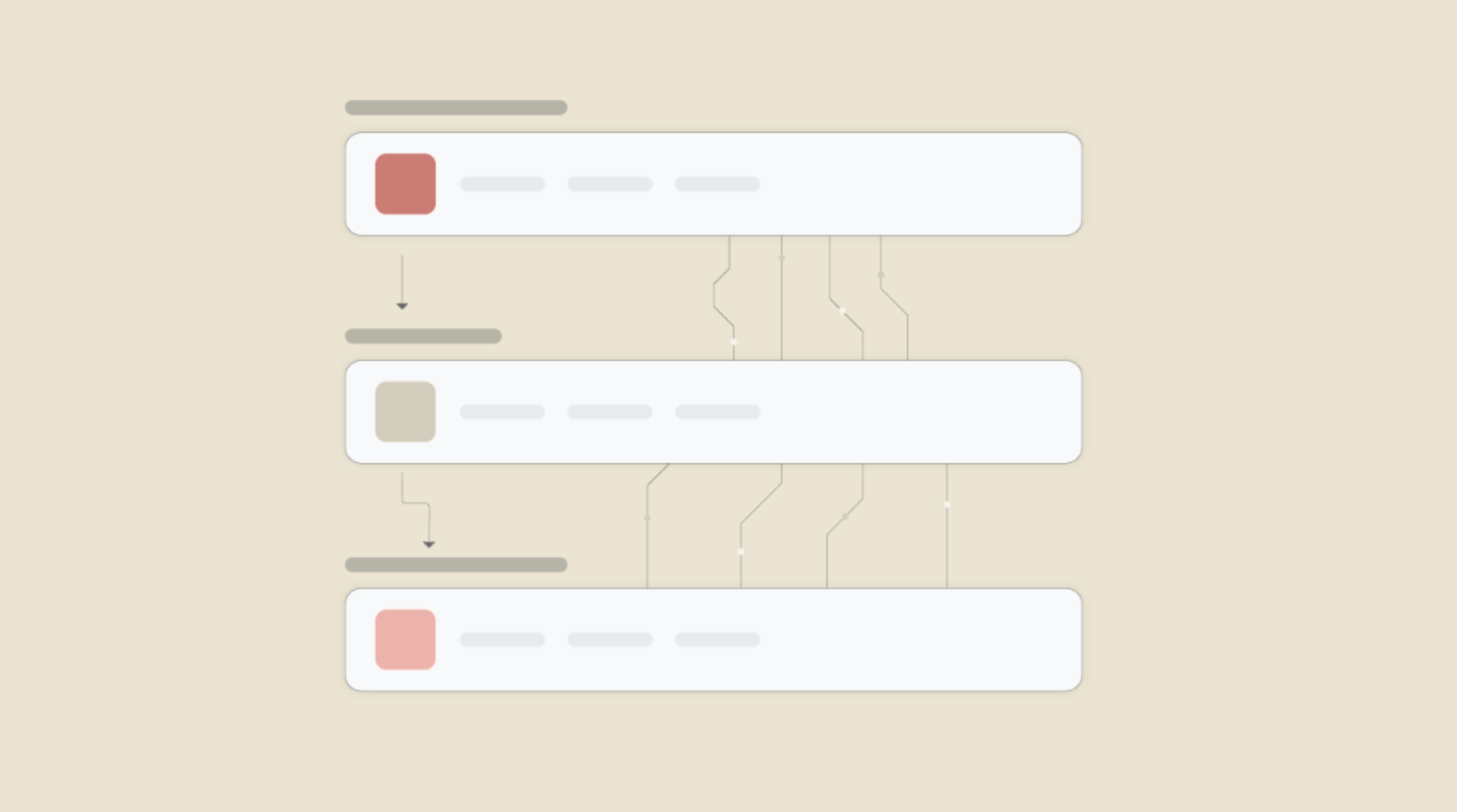Connect Unify and OpenSSL to Build Intelligent Automations
Choose a Trigger

When this happens...

New Assistant

New Queries

New Interface

Interface Checkpoint Created

New Tab

New Tile
Choose an Action

Automatically do this!
- Request a new Action for OpenSSL
Enable Integrations or automations with these events of Unify and OpenSSL
Enable Integrations or automations with these events of Unify and OpenSSL
Triggers
New Assistant
Triggers when a new assistant is created.
New Queries
Triggers when a new query is created.
New Interface
Triggers when a new interface is created in a specific project.
Interface Checkpoint Created
Triggers when a interface checkpoint is created.
New Tab
Triggers when a new tab is created in a specific interface.
New Tile
Triggers when a new tile is created in a specific tab.
Actions
Create Assistant
Create a new assistant.
Update an Assistant
Update assistant configuration.
Delete an Assistant
Delete an assistant.
Create Project
Create a new Project.
Rename Project
Rename a Project.
Creates Context
Creates a new context within a project.
Know More About Unify and Openssl Integrations

How viaSocket Works | A Complete Guide
Gain insights into how viaSocket functions through our detailed guide. Understand its key features and benefits to maximize your experience and efficiency.

5 Simple Automation Hacks to Make Your Team Free
Unlock your team's potential with 5 straightforward automation hacks designed to streamline processes and free up valuable time for more important work.

What is Workflow Automation - Definition, Importance & Benefits | A Complete Guide
Workflow automation is the process of using technology to execute repetitive tasks with minimal human intervention, creating a seamless flow of activities.
Frequently Asked Questions
To start, connect both your Unify and OpenSSL accounts to viaSocket. Once connected, you can set up a workflow where an event in Unify triggers actions in OpenSSL (or vice versa).
Absolutely. You can customize how Unify data is recorded in OpenSSL. This includes choosing which data fields go into which fields of OpenSSL, setting up custom formats, and filtering out unwanted information.
The data sync between Unify and OpenSSL typically happens in real-time through instant triggers. And a maximum of 15 minutes in case of a scheduled trigger.
Yes, viaSocket allows you to add custom logic or use built-in filters to modify data according to your needs.
Yes, you can set conditional logic to control the flow of data between Unify and OpenSSL. For instance, you can specify that data should only be sent if certain conditions are met, or you can create if/else statements to manage different outcomes.
About Unify
Unify is a cutting-edge platform that leverages artificial intelligence to streamline and enhance various business processes. It offers tools and solutions that integrate AI capabilities into existing workflows, enabling businesses to optimize operations, improve decision-making, and drive innovation.
Learn MoreAbout OpenSSL
OpenSSL is a robust, full-featured open-source toolkit implementing the Secure Sockets Layer (SSL) and Transport Layer Security (TLS) protocols as well as a full-strength general-purpose cryptography library. It is widely used for securing communications over computer networks and is a critical component in many software applications.
Learn More